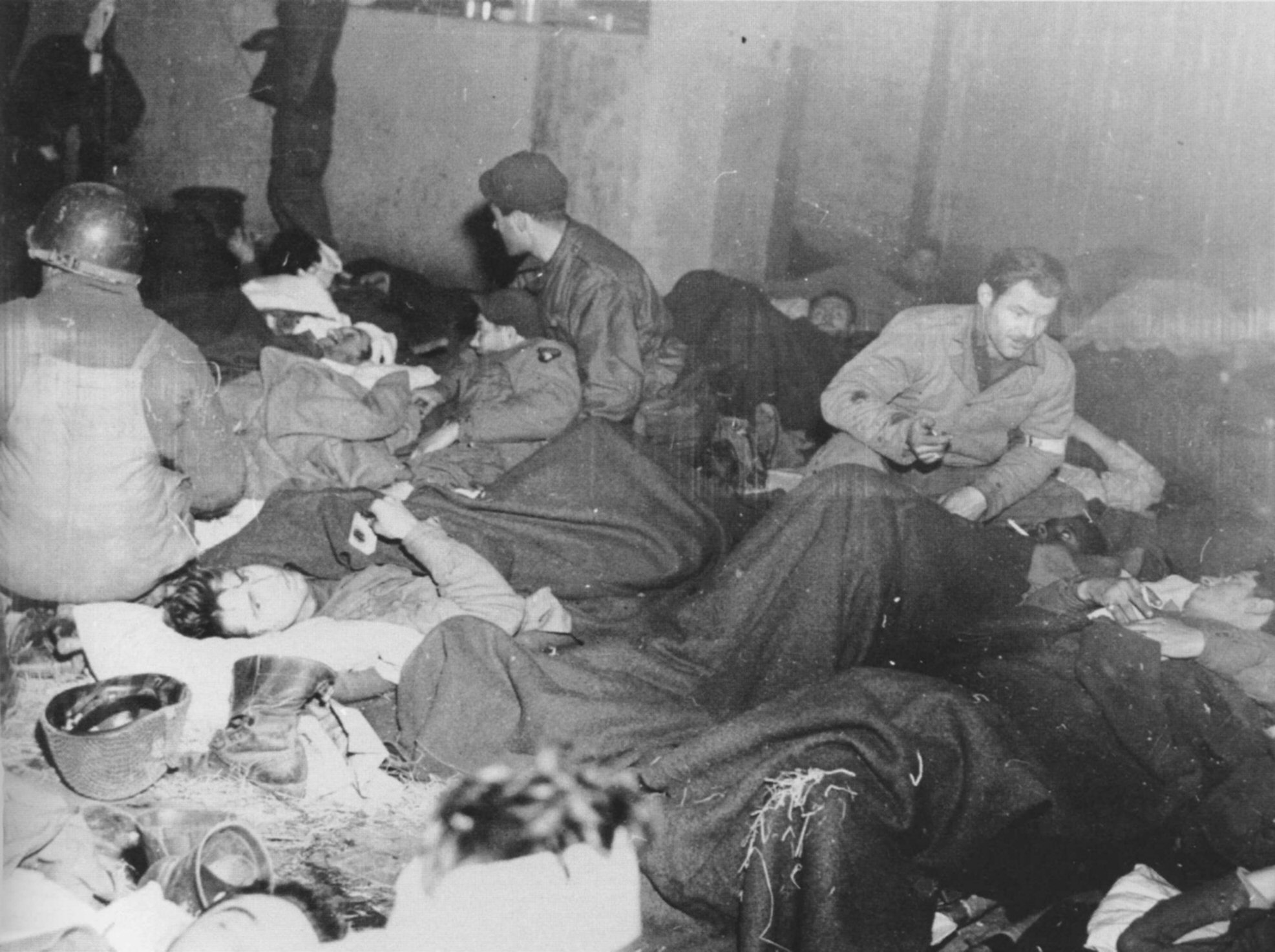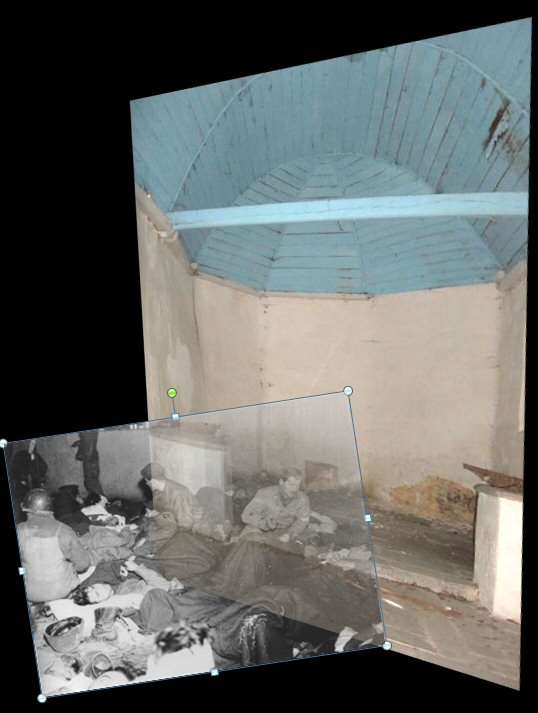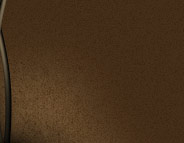|
REASON FOR INVESTIGATION:
A photograph that has been published
in almost every book or article
about the Battle of the Bulge shows
several US Servicemen, lying on
stretchers in a room with straw on
the floor. Most captions describe
the picture as an aid station. In
the middle of the picture is a man
with a white armband on his left
arm; probably with a red cross on
it. One of the soldiers on the floor
wears the patch of the 101st
Airborne Division. A helmet in the
left foreground of the picture
appears to have the symbol of a
subunit of the 101st painted on the
side. Although some captions state
that the picture was taken in
Bastogne, so far the exact location
of this aid station has been the
subject for a debate among
historians.
This is the photograph:

The photograph is often used to
illustrate the fact that the village
of Bastogne was surrounded.
Therefore the wounded American
defenders could not me evacuated.
This resulted in a large number of
casualty collection points within
the Bastogne perimeter.
SYNOPSIS:
On the
online forum of historian Mark
Bando's Trigger Time website,
members suggested that the
photograph was taken in the hamlet
of Bizory, near Bastogne. Some
members suggested that the
photograph was taken inside the
local chapel. Other members were of
the opinion that it was shot in the
basement of the Chateau Remy, in
Bizory.
Battle Detective.com asked our
friend Red Jans from Belgium to
visit the chapel and take a
photograph inside the chapel from
the same angle that the original
photographer used. Reg kindly did so
and we made the following computer
analysis:

This gave us reason to believe the
chapel was in fact the location of
the picture.
Battle Detectives Tom and Ivo went
to the chapel in September 2007.
They took these photographs inside
the chapel for comparison purposes,
such as angle, details of interior
and dimensions.
(click on the
thumbnails to enlarge)


Tom
Ivo
Battle Detective also found the
photograph in the book "D-Day with
the Screaming Eagles" by
historian and 101st Airborne veteran
George Koskimaki. The caption under
the picture said it was taken in a
stable
.
We wrote to Mr. Koskimaki who in
reply explained to us that he had
received the photograph from a
veteran named Cleto Leone. He
provided us with this veteran's
address and we wrote Mr. Leone a
letter asking him what he could tell
us about the photograph.
In March 2008 we received an answer
from Mr. Leone. Concerning the
photograph, Cleto Leone wrote:
"I had about 150 pictures I had
taken during the war. When I went to
a 501 Parachute Reunion I gave my
pictures to my comrades to look at
and if they wanted any write them
down and I would have them
duplicated for them. When I received
my pictures back there were less
than 25 left.
I do not remember the day the
picture was taken because Bisory and
Foy changed hands several times
between us and the Germans.
I am not in the picture. I was a
Platoon Combat Medic. I did not work
in an Aid Station. I was with my
fighting platoon 99% of the time. I
took the picture and I thought there
were also wounded Germans there.
My Platoon Sargent and I were trying
to get away from German artillery
and a shell hit the church steeple
and make a 5foot charred circle on
the steeple. It knocked my Sargent
down, he got up and we both ran
around the steeple to the church
door. The walls of the steeple were
3feet thick. That is where I took
the picture and then ran out again.
The shelling was over and we joined
our Platoon.
I mailed it to Koskamaki and he used
it in his book."
And to emphasize the location where
the photograph was taken, Mr. Leone
wrote under his typed letter:

CONCLUSIONS: Although it is
the statement of one eye witness, we
attribute great value to Mr. Leone's
testimony as he said he was the
photographer. We
believe the famous Battle of the
Bulge photograph was taken inside
the chapel in the Belgian hamlet of Bizory.
|













